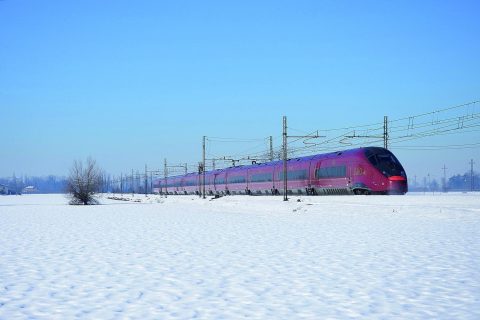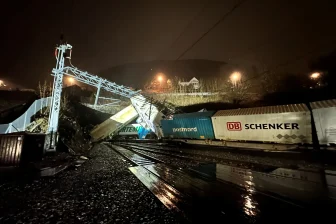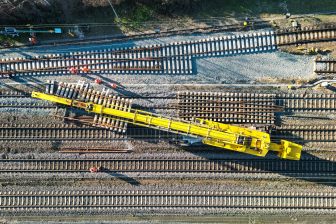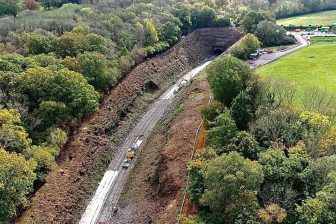
Five railway hacks to survive winter
source: Italo
Winter has come. In this regard, many European railway companies started to report about their preparations for fighting against heavy snows, icing and other unpleasant features of the season. Which hacks do they use in order to survive winter?
Want to read more?
You have read all of your free premium articles for this month. Please become a subscriber to keep reading.
Subscribe now!
Take advantage of our exclusive offer to get full access to all premium content.



